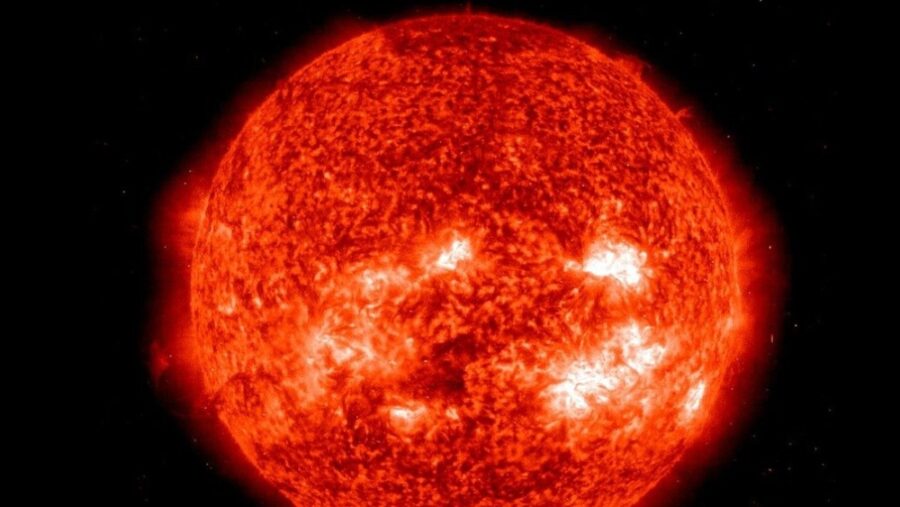Planet-Sized Object Hotter Than The Sun Discovered
A brown dwarf star that burns twice as hot as our sun has been discovered.

Move over Sun, because there is a new, hotter object in our universe. Science Alert shared that a brown dwarf (which isn’t quite a planet or a star) that is 1,400 light-years away from Earth just clocked in at a scorching 8,000 Kelvin, which is equivalent to 7,727 degrees Celsius or 13,940 Fahrenheit. To help give this some perspective, our Sun “only” burns at 5,778 Kelvin, while most stars burn at about 4,000 Kelvin.
The brown dwarf was discovered by a team of astrophysicists at the Weizmann Institute of Science in Israel. In their paper Nature Astronomy, the team shared that they have named the planet-sized object WD0032-317B. It doesn’t easily roll off the tongue, but it’s their way of helping to keep track of all the objects floating around in outer space.
While a brown dwarf has about 13 times the mass of the planet Jupiter, it is still not classified as a planet or a star. Instead, it sits in between the two categories since it is not large enough to sustain nuclear fusion, a reaction in which two or more atomic nuclei combine to release or absorb energy.
However, if a brown dwarf has enough heat and pressure, it could ignite deuterium fusion. This is a nuclear fusion that combines a deuterium nucleus and a proton to create a helium-3 nucleus. Since WD0032-317B is already piping hot, there could be a chance that it goes through this process.

So, what is it about this particular brown dwarf that is causing it to be so hot? There is still a lot of research to be done to understand exactly why this is happening, but the current theory posits that thermal dissociation could be responsible. This is what happens when a planet orbits too close to its stars, causing them to be exposed to ultraviolet lights, which can make its atmosphere evaporate and cause its molecules to be torn apart.
Currently, this brown dwarf is orbiting around its host star, which is also incredibly hot, causing it to emit a high level of hydrogen gas. This is what caught the eye of the astrophysicists in the first place.
The brown dwarf is tidally locked with its host star, which means that one side of the object is always facing the host star. This side is dubbed the “day-side,” while the side of the brown dwarf facing away from its host star has been dubbed the “night-side.” The day-side temperature can range from anywhere between ≈7,250 and 9,800 Kelvin, while the night-side stays at a cooler temperature of ≈1,300 − 3,000 Kelvin.
This makes sense why the brown dwarf has gotten so hot. It’s as if a person were laying on the beach, basking in the hot sun all day without turning over to give one side of their body a break from the heat. The side facing the heat gets hotter and hotter while the other side is kept cool and shaded.
Let this be a reminder to always apply sunscreen when you lay out on the beach this summer!












